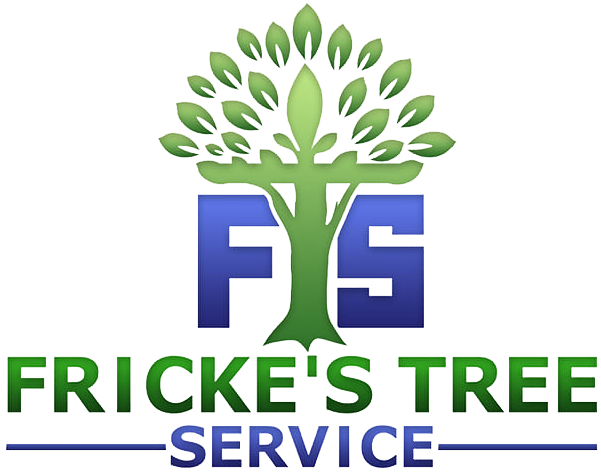Fricke's Tree Service
Understanding the Emergency Tree Removal Process
When a tree poses a risk to your property or safety, understanding the emergency tree removal process becomes crucial. Whether due to storm damage, disease, or structural instability, knowing what to expect can help you act quickly and effectively. This guide will walk you through the essential steps involved in emergency tree removal, ensuring you are prepared for any situation.
Assessing the Situation
The first step in the emergency tree removal process is assessing the situation. Here’s what to consider:- Determine the extent of the damage: Is the tree leaning dangerously, or has it already fallen? Understanding the severity of the situation will help you decide on the urgency of the removal.
- Identify any hazards: Are there power lines, buildings, or vehicles nearby? Recognizing potential hazards is essential for ensuring safety during the removal process.
- Check for injuries: Ensure that no one is hurt and that the area is safe. If there are injuries, seek medical assistance immediately before addressing the tree issue.
Contacting Professionals
Once you’ve assessed the situation, it’s time to contact a professional tree removal service. Here’s how to choose the right one:- Look for certified arborists: They have the training and expertise to handle emergency situations effectively and safely.
- Check reviews and references: Ensure the company has a good reputation by reading customer reviews and asking for references from previous clients.
- Ask about insurance: A reputable service should have liability insurance to protect you from any potential damages or accidents that may occur during the removal process.
The Removal Process
After hiring a professional, the removal process typically involves several steps:- Site Preparation: The area around the tree will be cleared to ensure safety and accessibility for the removal team.
- Tree Assessment: The arborist will evaluate the tree to determine the best removal method, taking into account its size, location, and condition.
- Cutting: The tree will be cut down in sections, starting from the top if necessary, to minimize the risk of falling debris.
- Debris Removal: The team will clean up the area, removing branches and trunk pieces, and ensuring that your property is left tidy and safe.
Post-Removal Considerations
After the tree has been removed, consider the following:- Stump removal: Decide if you want the stump ground down or left in place. Grinding the stump can prevent future issues and allow for new landscaping.
- Landscaping: Plan for any landscaping changes or new plantings in the area to enhance the aesthetics of your property.
- Preventative measures: Consider tree health assessments for other trees on your property to prevent future emergencies and maintain a safe environment.
Conclusion
Understanding the emergency tree removal process can help you navigate a potentially stressful situation with confidence. By assessing the situation, contacting professionals, and knowing what to expect during the removal, you can ensure the safety of your property and loved ones. Being prepared and informed will not only help you manage the immediate crisis but also contribute to the long-term health and safety of your landscape.SHARE POST
RECENT POSTS
Interested in Our Services?
Get in touch today to discuss your next project and we will happy to answer any questions and provide you with a no-obligation FREE Estimate.







